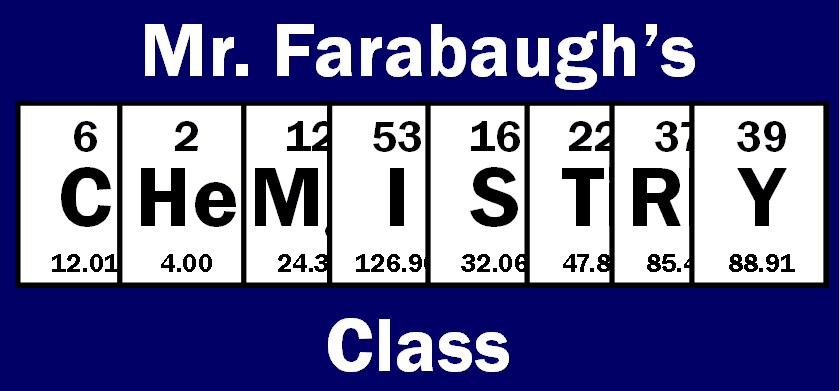- Strong acids (HCl, HBr, HI, HNO3, H2SO4, HClO3, HClO4) should be written as H+
- Weak acids (HF, HC2H3O2, HNO2, HCHO2, etc.) should be written as one formula, whatever its chemical formula happens to be
- Strong bases (NaOH, KOH, Ca(OH)2, etc.) should be written as OH–
- Weak bases (NH3, CH3NH2, etc.) that are either ammonia or an amine should be written as one formula, whatever its chemical formula happens to be
- Net ionic equations should be balanced with respect to atom count and overall charge
Consider the example above, based on problem #31 from the textbook. Barium hydroxide, Ba(OH)2, reacts with nitric acid, HNO3. The molecular equation shows you the 2-to-1 molar ratio between nitric acid and barium hydroxide. You need to use this ratio in your calculation. If you had only written the net ionic equation, you might have missed this point. The net ionic equation shows a 1-to-1 ratio between H+ ions and OH– ions.
Answers to the Chapter 4 homework problems have been posted here. The homework for Wednesday is to answer the Pre-Lab Questions for the titration lab. E-mail me if you have questions.


No comments:
Post a Comment